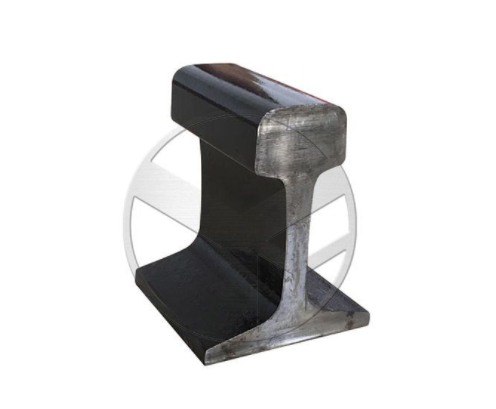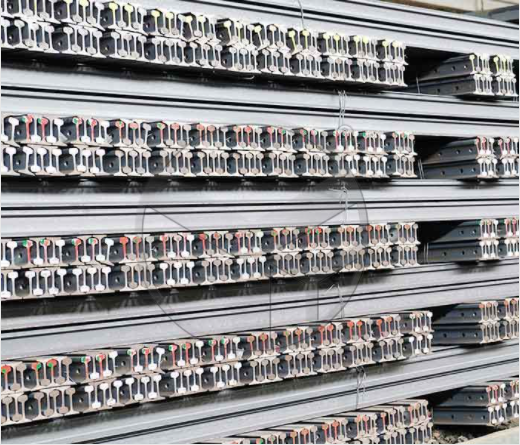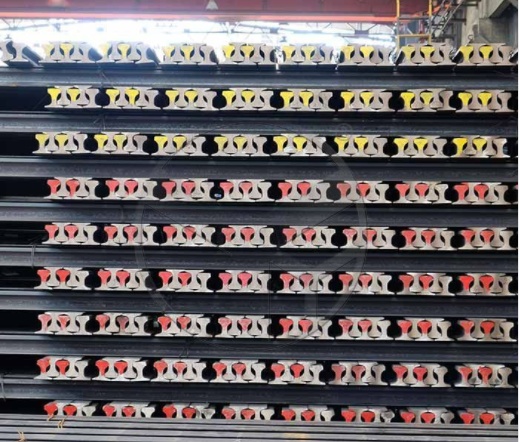Home >> News >> Latest News
Heavy railroad tracks are very strong pieces of steel. Rail steel is usually 1084 or the equivalent hot rolled steel. This is a medium carbon steel containing 0.7% to 0.8% carbon and 0.7% to 1% manganese. This steel is well suited for heat treatment. It is tough, hardenable and forgeable.
Let's review the properties of this metal, some effective ways to use it, and some good applications for this grade.

One of the distinguishing characteristics of this steel is its high manganese content. This is a requirement for good reason - it allows for a more intensive heat treatment.
For rail to perform well over time, the steel needs to have two very important qualities: high wear resistance and fracture resistance.
A deeper heat treatment gives the steel higher strength properties. Basically, surface cracks are less likely to occur over time.
As you can imagine, trains are heavy and put tremendous pressure on whatever is underneath them. Depending on the size and usage of the train, a track can be expected to last between 5 and 100 years.
Rails are hard and strong, and they are an excellent choice for most items that require heat treatment. This is the harder end of the heat treatable "scrap metal" spectrum - it's usually harder than something like a leaf spring.
They are usually specified by weight per yard. Main lines are usually 130 pounds per yard, while smaller lines may go up to about 70 pounds. For very small lines, such as old lines used for wheelbarrows in mines, you may find it even smaller. This means that if you cut a foot of mainline track, it may weigh more than 40 pounds.

The biggest reason is that the steel used in the rails is made up of higher quality alloy steel. In fact, different types of metals are mixed in with the steel used for the rails. Mangalloy is an alloy containing 12 percent manganese and 0.8 to 1.2 percent carbon. All of these together slow down the corrosion rate of the rail oxidation process. As a result, steel that should rust in 2 or 3 years keeps running for years, and therefore our trains run for years.
In addition, the steel in the rails is made up of higher quality alloy steel, which is less prone to corrosion. This is necessary because the rails will be subjected to higher dynamic stresses. The rails also have a thicker cross section. When the rail surface rusts, it acts as a barrier, thus slowing down the rate of corrosion.
The top and upper sides of the rails usually do not corrode because friction and wear keep them polished and rust-free. Railroads also grind the rails to remove the rust caused by train braking. to remove surface defects caused by train braking, which, if allowed to deteriorate and deepen, could cause the high impact of trains hitting them at high speeds could cause the rails to fracture.
Different rails are replaced at different intervals; it depends on the weight of the train passing over them, the frequency of the train and the position of the track, i.e., on curves, on straights or on the track. on a curve, on a straight track or in a tunnel. Rails are usually reused in shunting yards or less trafficked sections of track and are subjected to less stress.

Please contact YONGYANG if you need to buy the steel rails and fasteners.

Leave a message